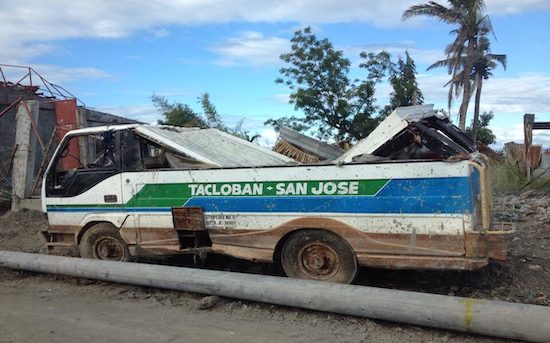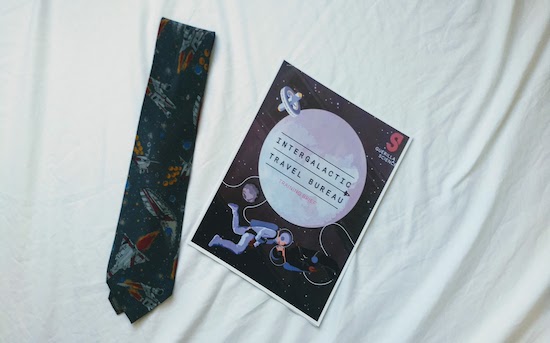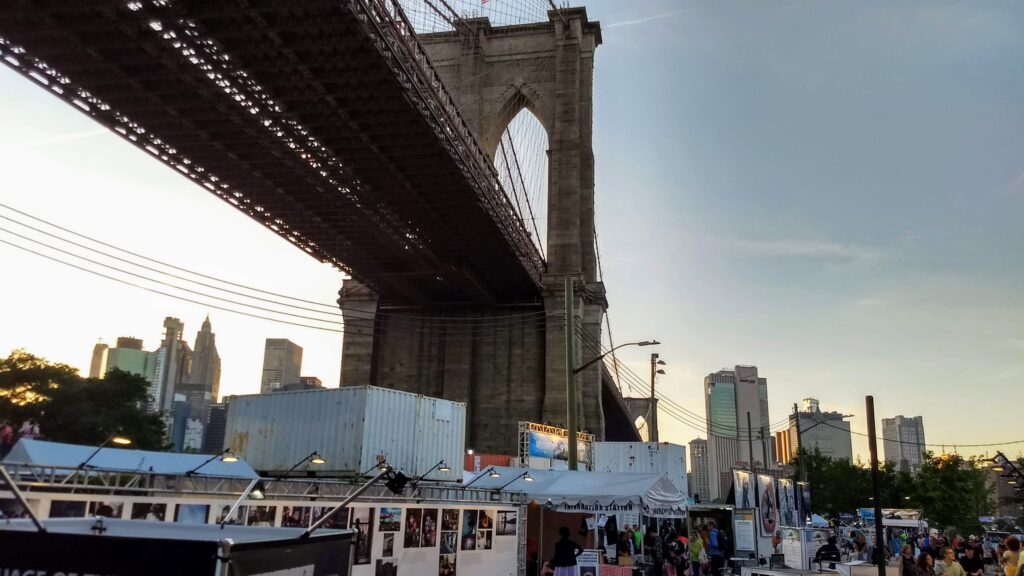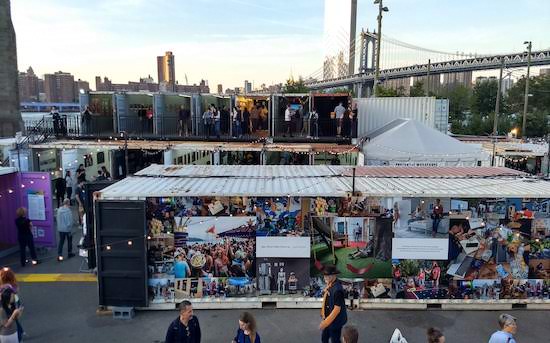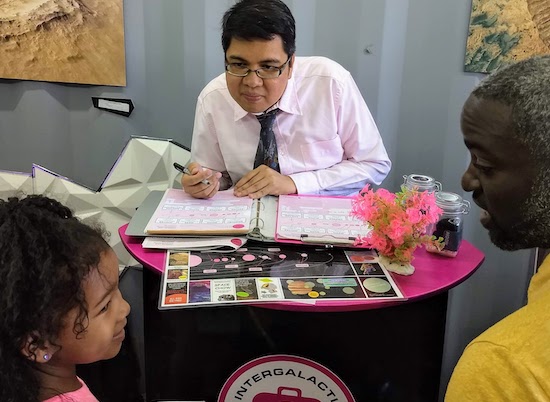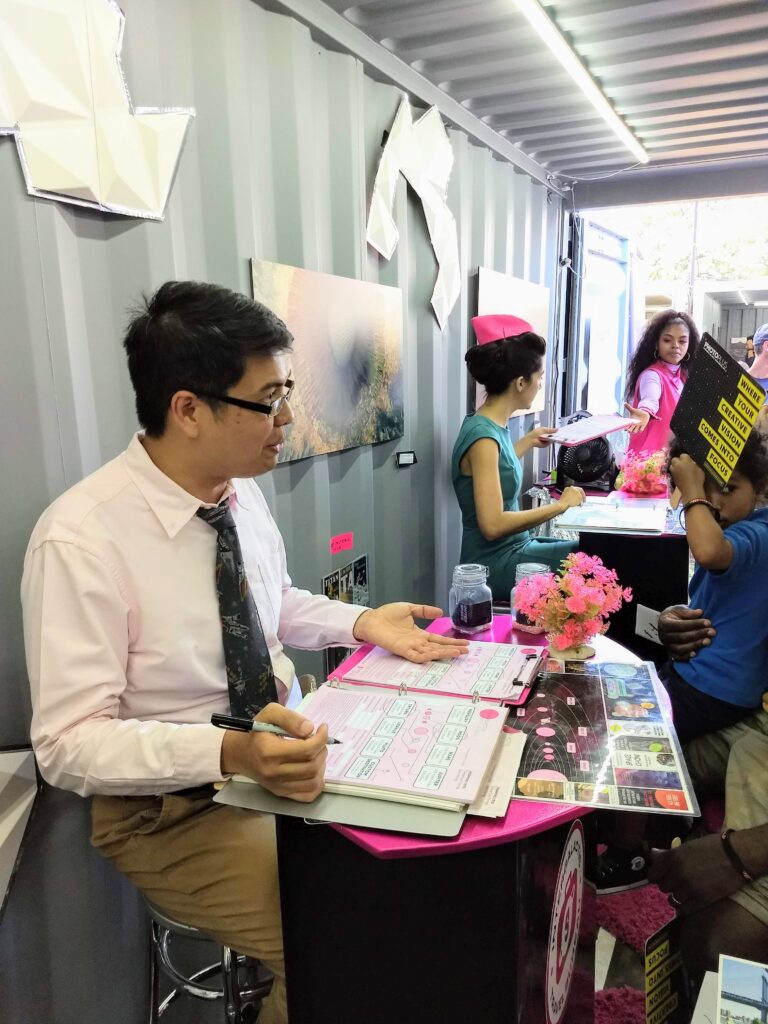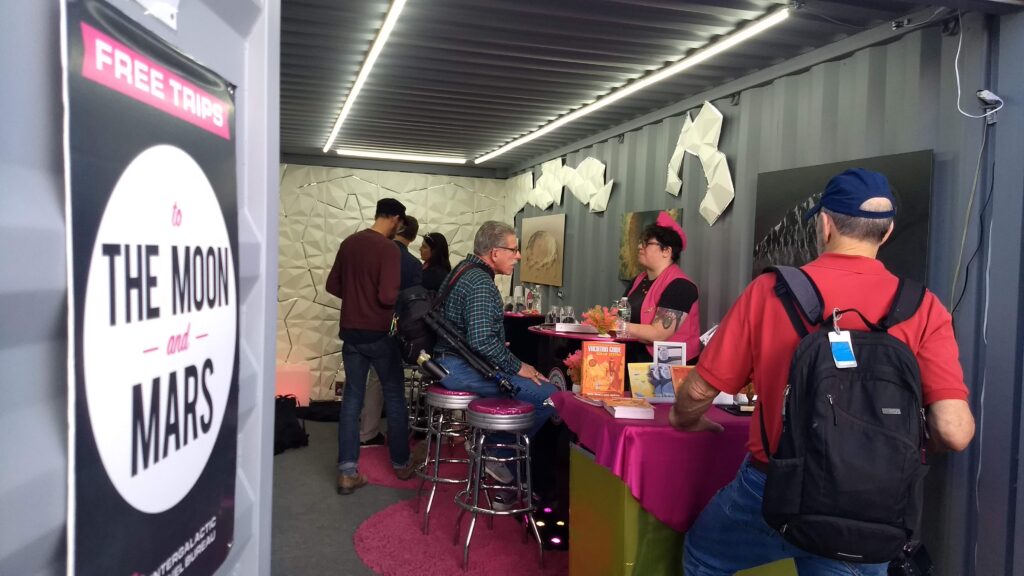Reimagining socialization for virtual learning
This piece is a shorter version of the final paper I wrote for the course ‘University as a Design Problem’ in Spring 2020. Feel free to get in touch for a full version of the paper.
Transitioning to online learning
More higher education institutions are rolling out their plans for Fall 2020, and it’s looking like some are going for a HyFlex scenario. As administrators and Centers for Teaching and Learning focus on helping faculty transform subject content that is appropriate for both online and in-person students, the socialization needs of first year students might be overlooked.
Residential colleges work on the assumption that first year students should stay on campus. I argue that they should explore and reframe how socialization for incoming first year students will look like for Fall 2020, assuming the risks posed by COVID-19 persist. Much of higher ed has focused its efforts in the “ed” part, for good reason, as exemplified by giving priority to instructional continuity and teaching faculty how to use Zoom and other remote learning tools at the onset of the pandemic, in response to campus closures. The latest response has been to equip classrooms with cameras and plexiglass as they prepare for HyFlex mode of learning.
Socialization among virtual learners
Socialization in education need not be restricted to residential colleges. In the face of a pandemic, higher education institutions should revisit their governing values (i.e., Residential life is defining and is critical to socialization for first year students) underlying the residential first year experience to examine how to meet socialization outcomes outside the bounds of a dormitory or classroom. Emulating institutions that already made headway such as Minerva Schools and Southern New Hampshire University may be difficult because of time and resource constraints. It is also an opportunity to institutionalize changes. Colleges should tap its existing human and technological resources to adapt to the constraints posed by COVID-19.
The following action strategies are proposed while keeping in mind their objectives should be aligned with both the redefined governing value (i.e., Socialization, broadly defined, is important for first year students), and its desirable consequences and outcomes can be achieved outside the traditional residential college.
Office of Student Affairs should mobilize their staff to rethink its programming that would cater to scenarios where part of or all first year students will be participating in courses virtually. This requires designing activities or engagements that take into consideration both synchronous and asynchronous interactions. It also requires the involvement of the broader university community that includes staff, students, and even alumni. Below is a list of possible learning engagements that can address sense of belonging, community building, interaction and engagement with students, and reflection and self-discovery.
Colleges should tap its existing human and technological resources to adapt to the constraints posed by COVID-19.
Depending on students’ health status and the extent of COVID-19 testing in place, first year students can live together, either with fellow first year or older students. This could be close to their home or a city or town that has reopened, where options for community engagement are available. Living with a different person and/or in a different community can partly replicate the experience of living in a residence hall or a semester abroad, where they have to live independently and at the same time can meet other students from a different background and with different values from their own. Faculty, staff or alumni can also get involved if adult supervision is necessary, who espouse the values of a college, to build a sense of community, and mediate possible conflicts. If this arrangement is implemented near the campus, it would also allow in-person class attendance on alternating days to abide by social distancing guidelines.
To foster camaraderie, each house or a combination thereof can form a team and hold friendly competitions on different themes (e.g., fundraising, number of beneficiaries reached during a volunteer service, amount of trash recycled, etc.). Within households, students can work on solving an ethical problem, and get to know each other’s values.
Online experience
Majority of student interaction will occur online which would create physical and virtual artifacts. The design and creation of these artifacts should be intentional, with the aim of integrating them through an ePortfolio. An ePortfolio can create a space for social pedagogy to happen by constructing and communicating understanding of concepts to authentic audiences, which, according to research, can then lead to outcomes that provide context to learning, voice and agency, and significance in learning.
- Introductions. An interactive website or platform can be used or created where first year students can introduce themselves. They can be paired at random similar to online video chat websites like Chatroulette or Omegle. The round of introductions could start even prior to the semester or throughout the year, giving each student a chance to introduce themselves creatively. It can include art or other forms of expression that features what is unique about them or their community while using elements associated with the college like a logo, school colors, or mascot. Students can interact with the website to discover other students with whom they may have common interests, or organically form groups to work on extra-curricular projects. (Note: I created the game Whola based on this idea). It can also be used as an opportunity to become familiar with VoiceThread, Flipgrid, or other video-recording platform to model interaction for online classes when the semester starts.
- Virtual internships or mentorship programs. By harnessing a college’s network, it can facilitate connections between first year students and alumni who can provide online internship or volunteer opportunities, and/or give advice on transitioning to college life, especially from older undergraduate students or more recent graduates.
- Virtual tours.A student or staff who has access to the campus can host a live video tour, highlighting the college’s values and history, while presenting alternative online resources available to students, such as the library, writing centers, and health resources.
Depending on the type, resources, and agility of an institution, one or a combination of any of the suggestions above can be adopted with creativity and realignment of resources. Incoming first year students of Fall 2020 will no doubt have a different experience as their peers before them. We are in extraordinary times, after all, but different doesn’t have to mean deficient.

